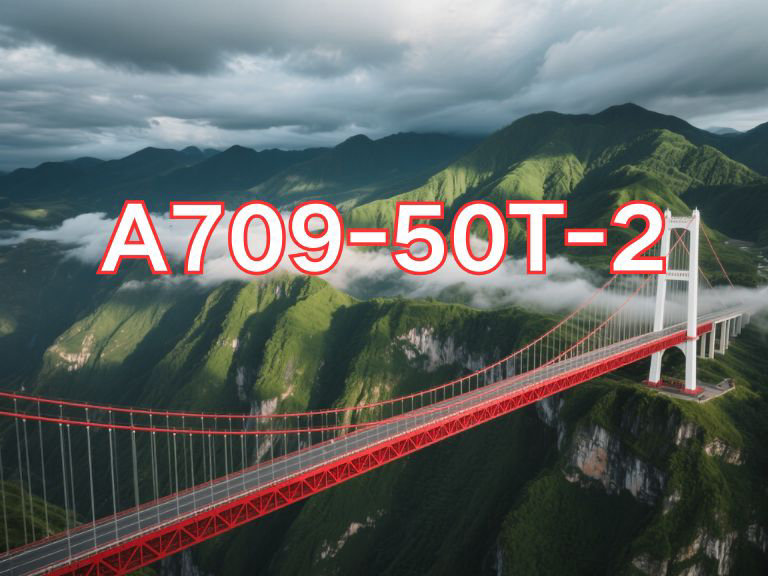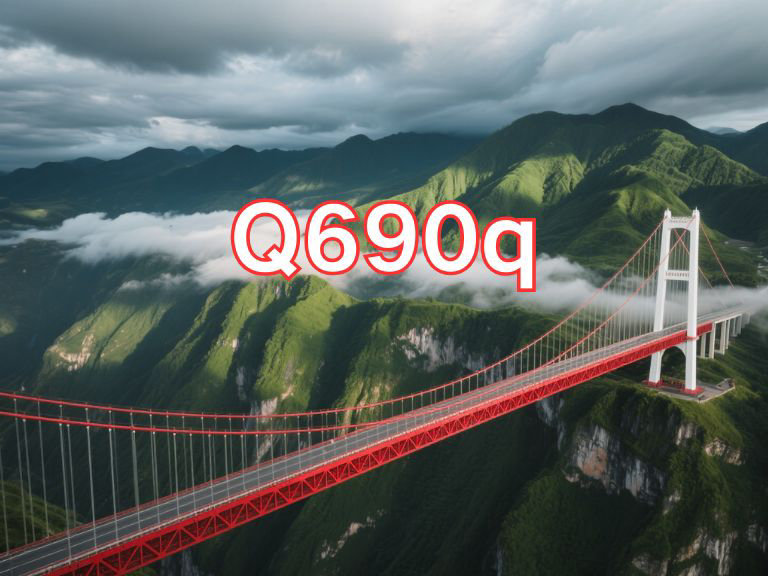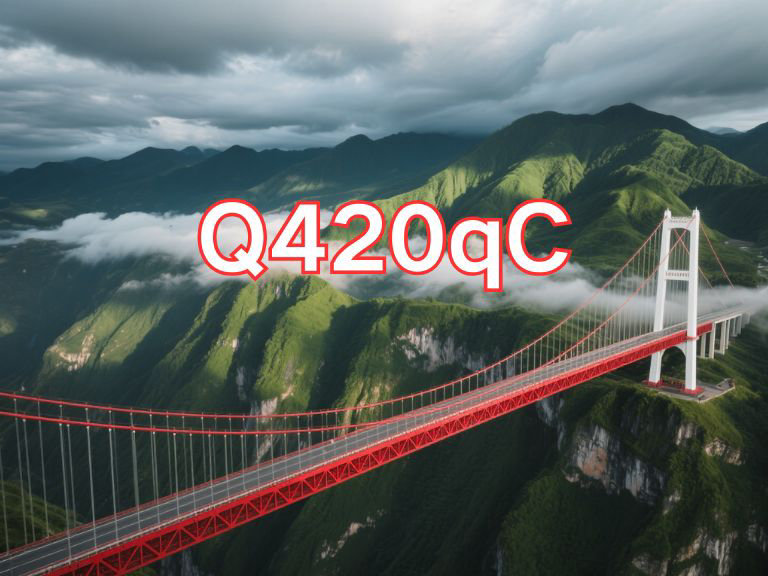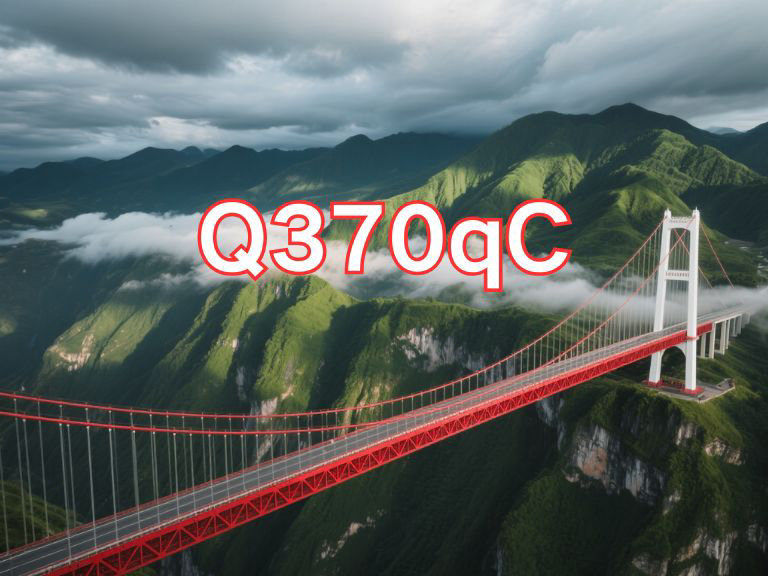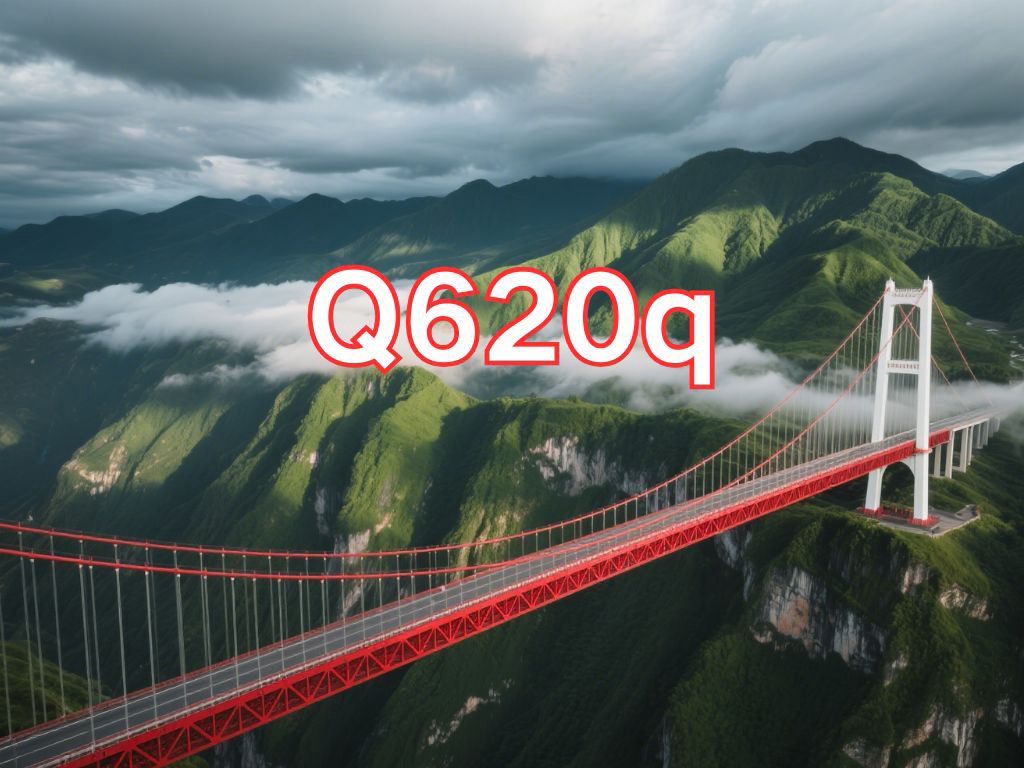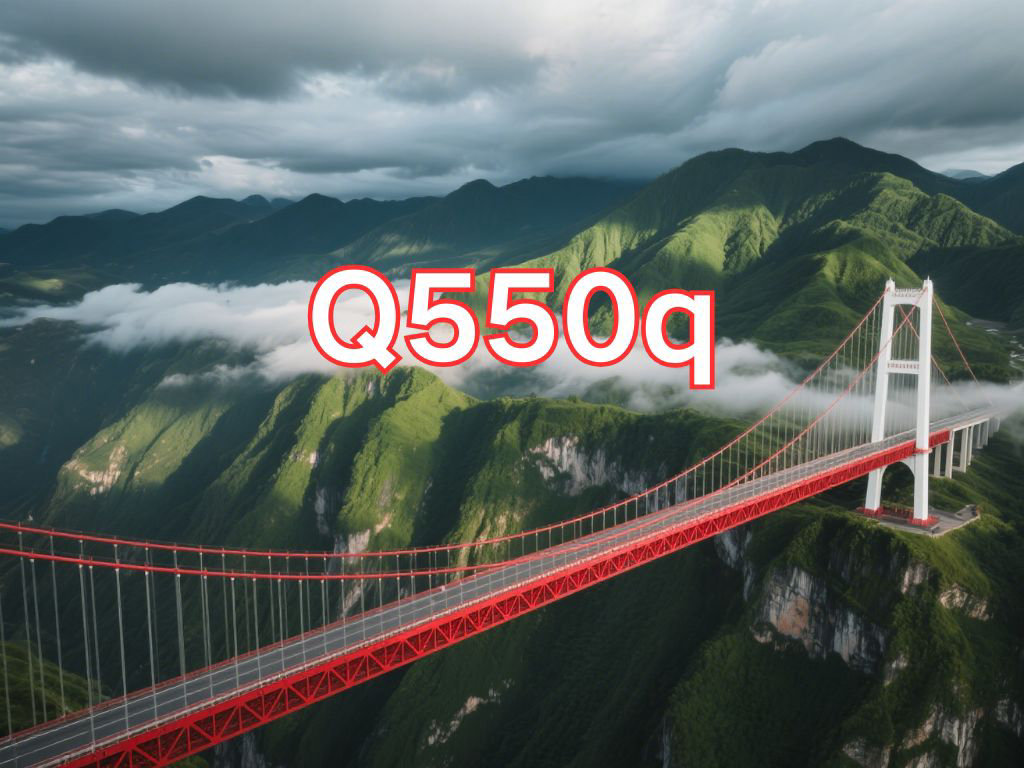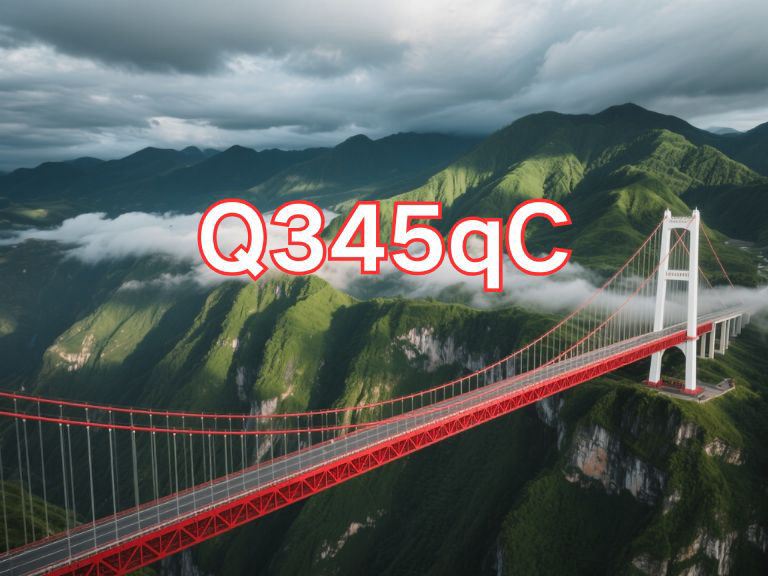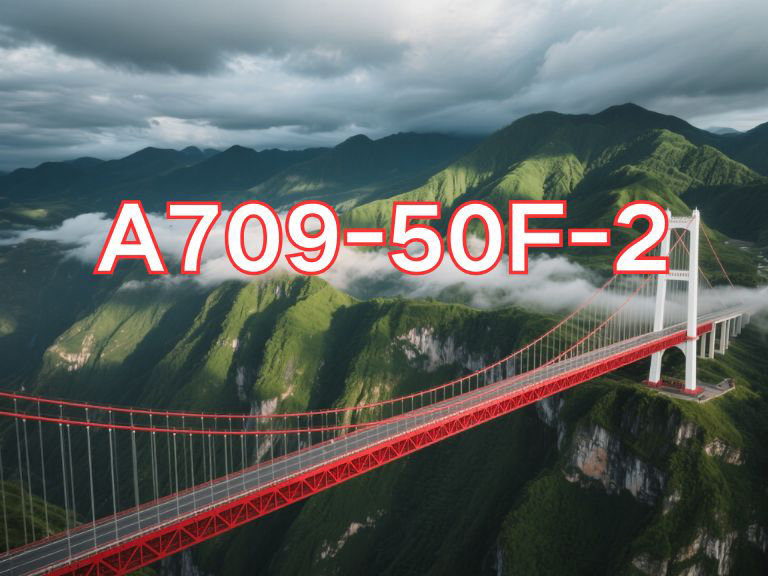

A709-50F-2
A709-50F-2 is a high-performance structural steel plate specified under the American standard ASTM A709/A709M, primarily used in bridge construction and other critical structural applications. The designation "A709" refers to the ASTM standard for structural steel for bridges; "50" indicates a minimum yield strength of 50 ksi (approximately 345 MPa); the suffix "F" stands for "with improved toughness in the thickness direction," meaning the steel meets requirements for resistance to lamellar tearing—a critical property for thick plates subjected to high stress and welding; and the number "2" denotes Grade 2, which specifies that the steel must meet Charpy V-notch impact toughness requirements at a temperature of -50°F (-45°C), making it suitable for use in extremely cold environments.
This steel grade is commonly used in heavy welded bridge structures, particularly in regions with severe winter climates such as northern United States, Canada, and mountainous areas. It is ideal for critical load-bearing components such as bridge girders, trusses, connections, and nodes where high strength, good weldability, and exceptional toughness are required. Due to its enhanced through-thickness ductility (Z-direction properties), A709-50F-2 minimizes the risk of cracking during welding and under multi-axial stress conditions, ensuring long-term structural integrity.
Key features of A709-50F-2 include high yield and tensile strength, excellent low-temperature toughness, good weldability, and resistance to lamellar tearing. These properties make it a preferred choice for modern bridge engineering where safety, durability, and performance under extreme conditions are paramount.
The current applicable standard is ASTM A709/A709M-23, titled Standard Specification for Structural Steel for Bridges, published by ASTM International. This version, updated in 2023, includes refined chemical composition limits, improved testing requirements for impact toughness, and clearer guidelines for heat treatment and product analysis. It harmonizes with other ASTM standards such as A633 and A572 while maintaining unique provisions for bridge-specific performance.
With increasing demands for resilient infrastructure, A709-50F-2 continues to play a vital role in the construction of safe, long-lasting bridges in North America and other regions adopting U.S. standards.

Ultrasonic Testing (UT)
A key non-destructive testing technique that uses high-frequency sound waves to detect internal flaws in steel plates. The probe emits sound waves, which reflect when encountering defects such as cracks or inclusions. The receiver captures the echoes, enabling precise determination of defect location and size. With high sensitivity, strong penetration, and fast inspection speed, UT effectively ensures internal quality, widely used in the production of heavy plates, pressure vessel plates, and other high-end products to guarantee safety and reliability.

Magnetic Particle Testing (MT)
A common surface inspection method that magnetizes the workpiece, causing leakage magnetic fields at surface or near-surface defects like cracks or inclusions, which attract magnetic particles to form visible indications. Simple to operate and highly sensitive, MT is suitable for rapid inspection of surface and near-surface flaws in ferromagnetic materials, widely used for online or offline inspection of plate edges, ends, and welds, ensuring product quality and safety.

Penetrant Testing (PT)
A non-destructive method for detecting surface-breaking flaws. A penetrant liquid is applied to the cleaned steel surface, allowing it to seep into defects such as cracks or pores. After removing excess penetrant, a developer is applied, causing the trapped penetrant to bleed out and form visible indications. Simple and cost-effective, PT is suitable for inspecting surface defects in various non-porous materials, commonly used for welds, castings, and complex components, effectively ensuring surface quality of steel plates.


